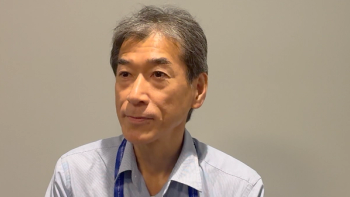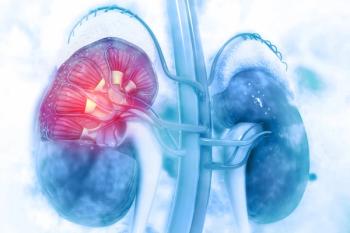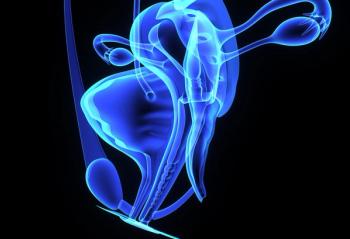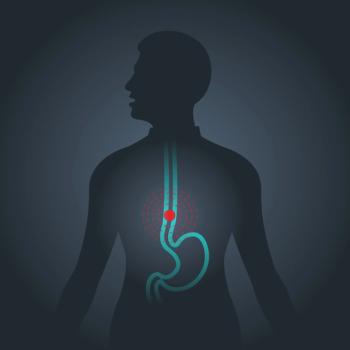
Miami Breast Cancer Conference® Abstracts Supplement
- 42nd Annual Miami Breast Cancer Conference® - Abstracts
- Volume 39
- Issue 4
61 Can the Use of Tumor Margin Markers for Intraoperative Specimen Radiographs Decrease the Rate of Margin Positivity During Breast Conservation Therapy?
Background/Significance
The margin status after a lumpectomy is critical to determine the risk of local recurrence. Current guidelines recommend “no ink on tumor” as adequate negative margins for invasive carcinoma. Several studies report that up to 40% of patients may have positive margins requiring a second operation for excision. As such, controversy exists regarding the intraoperative management of margins, with some groups supporting routine cavity shave margins and others favoring selective margin excision based on examination of the specimen plus interpretation of intraoperative radiographs. We hypothesized that a commercially available tumor marking system used at the time of specimen radiography would help reduce the rate of margin positivity.
Materials and Methods
After Institutional Review Board approval, a retrospective review of a prospectively collected cohort of patients was conducted. We included patients older than 18 years diagnosed with invasive breast cancer undergoing breast conservation therapy. At the completion of the lumpectomy, the specimen margins were labeled using clips from the selected commercial tumor marking system; this was followed by a 2-view radiography to determine if shave margins needed to be obtained. The distance between the margin and the tumor border was recorded using a standard millimeter ruler. The radiograph was interpreted by the lead surgeon and shave margins (selective vs complete) were excised at the discretion of the lead surgeon as well. A control group with similar patient characteristics was composed using the same inclusion criteria. In this group, the commercial tumor marking system was not utilized, and the management of the margins was determined by the lead surgeon. Continuous variables are presented as mean with standard deviation and compared using t-test. Categorical variables are presented as frequencies and percentages and compared using χ2tests or Fisherexact tests, as applicable (Table). Significance level was set at 0.05. Analyses were performed using SAS software (Version 9.4).
Results
One hundred and five patients in the study group were compared with 92 patients in the control group. The mean age in both groups was 63 and 64 years, respectively. In the study group, 39% of the cohort underwent selective shave margin excision, and 7% underwent complete margin excision based on the use of the tumor marking system. The control group had a 42% rate of selective margin excision and a significantly higher rate of complete margin excision of 20%. No margins were excised in 53% of the study group vs 37% on the control group. Final pathology of the study and control groups demonstrated positive margins in 23% and 20%, respectively, with no significant difference between the groups.
Conclusion
The use of the tumor marking system did contribute to decreasing the number of patients requiring either selective or complete margin excision; however, no significant difference was found between the groups regarding the rate of margin positivity among the patients who underwent margin excision with and without the use of the tumor marking system.
Articles in this issue
Newsletter
Stay up to date on recent advances in the multidisciplinary approach to cancer.



















































































